How technology plays a major role in car design, as seen in the 2018 Buick Regal TourX
We get the design lowdown on Buick's freshly minted wagon
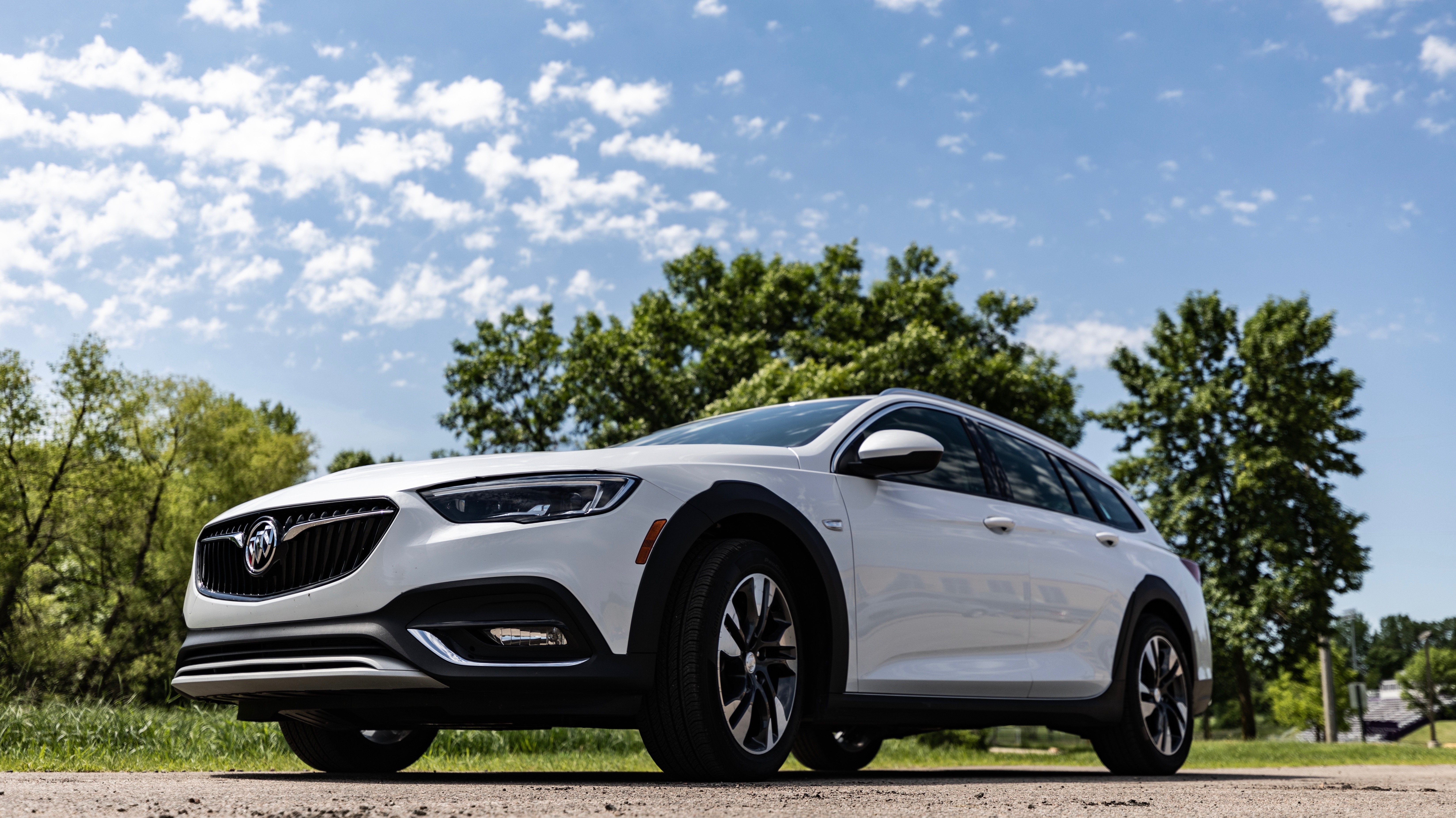
Photo credit: Josiah Bondy
What would it be like to design a brand new car?
That’s a question you might ask if you see a sleek new Camaro on the road, or an electric car with an eye-catching look.
The sloping angles, the taillights in the back – these all benefit from advances in computer technology in terms of sketching out ideas, rendering the final design, and then placing the design in a lifelike and realistic setting.
For the 2018 Buick Regal TourX, it’s an interesting question because this is one of the newest designs you’ll see on the road.

Debuting in January of 2018, it’s a sleek wagon (which stands out in the US market although they are incredibly common in Europe) that has hints of an Audi or a VW while retaining the same distinctions of the Buick Regal.
“We designed this car electronically the entire way,” says Bob Boniface, the Exterior Design Director at Buick, speaking to TechRadar. “We were able to bring up the car on 20-foot monitors with a video of the car, evaluating the stance and the graphics signatures.”
Sign up for breaking news, reviews, opinion, top tech deals, and more.
As Boniface describes it, Buick used clay models, but otherwise designs the exterior look on computers – and the TourX was designed at the same time as the Buick Regal. The car was developed with Opel in Germany (which was a GM brand but is now owned by Peugeot-Citroen).
“A new entry like this has to stand out, especially among all of the other vehicles,” he says. To give the car it’s distinctive look, Buick and Opal created computer models to help them manage all of the proportions, the way the car looks from a distance, and how it looks among other vehicles (which they also generate as computer models).
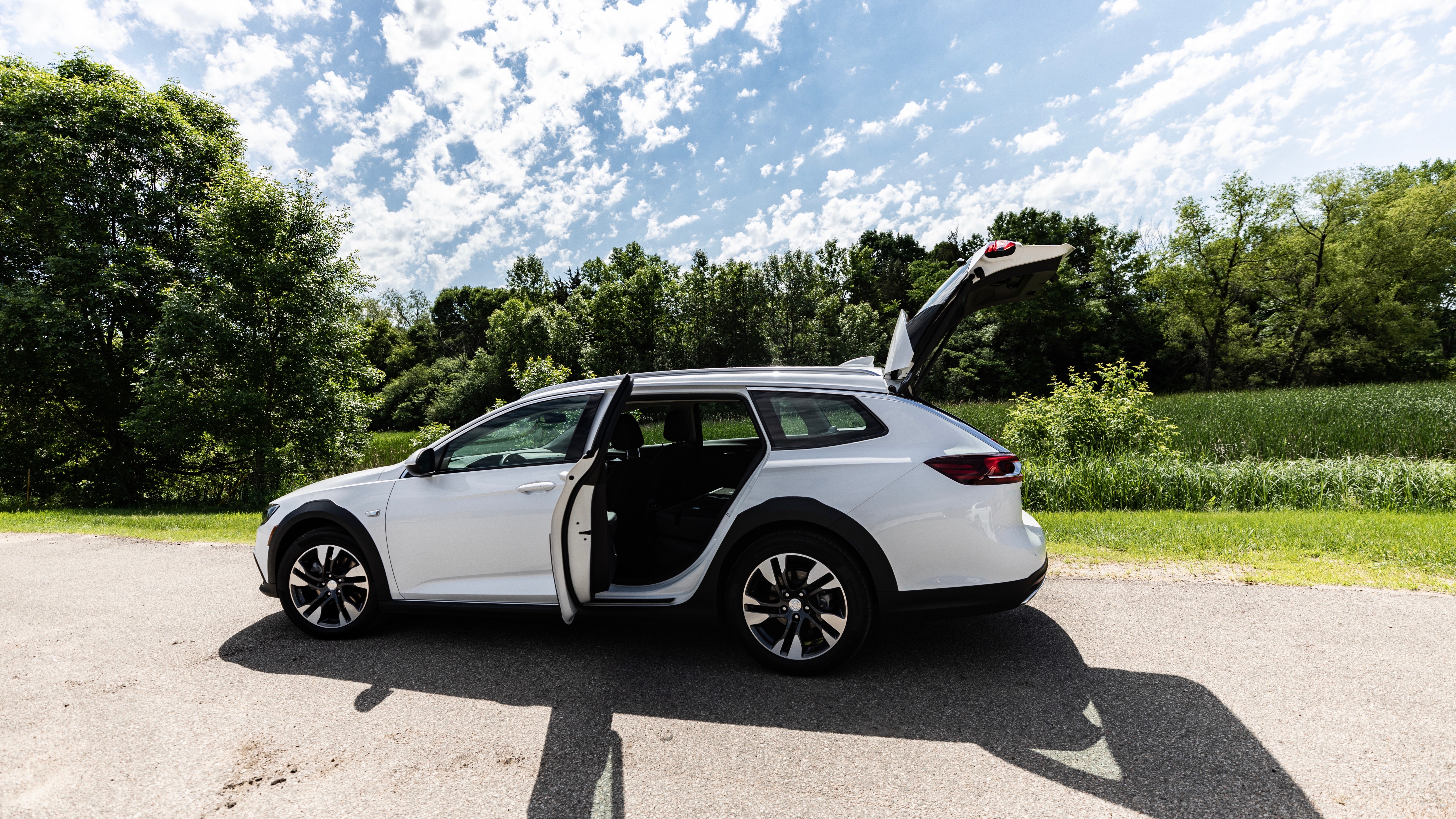
One example had to do with how the TourX has a lift gate that integrates into the tail light – the version we see went through versions that led to a more emotional response.
Another interesting design aesthetic – while the TourX is technically the same height as the Regal sedan, it looks much lower to the ground.
This visualization technique – creating models that are placed into virtual settings – goes beyond the design lab, though. Boniface says his team holds “clinics” with prospective buyers to show them the computer models, asking them to pick their favorites.
This is a data-intensive exercise as well. The clinic participants provide feedback and then the rankings are weighted based on whether that person might have indicated they prefer a certain brand or have a bias toward a more conventional look.
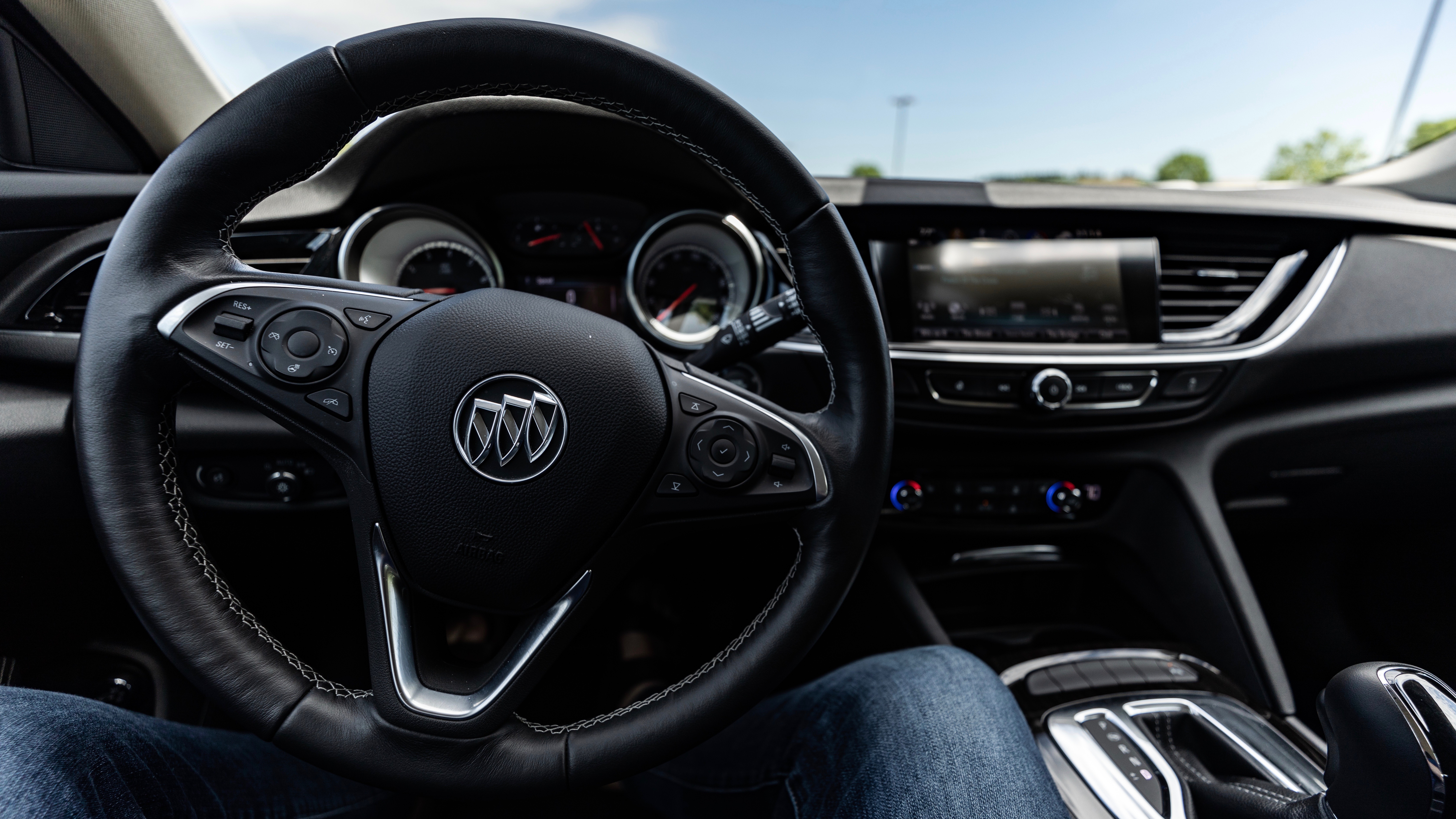
“We have a quantitative portion – a larger group of people, 100 or more, who rank the compute models first, second, or third and then we graph how they ranked – which vehicle came in first.
"The qualitative portion involves questions about the car, what are they really saying, such as – they don’t like this headlamp, they really like the proportions. It’s actionable feedback.”
This process usually involves 3-5 different designs and multiple clinics. Boniface says the teams use Alias Autodesk Studio to create ultra-realistic models, and then render them using Alias VRED. (He says they also use Adobe Photoshop for touch-ups to the models.)
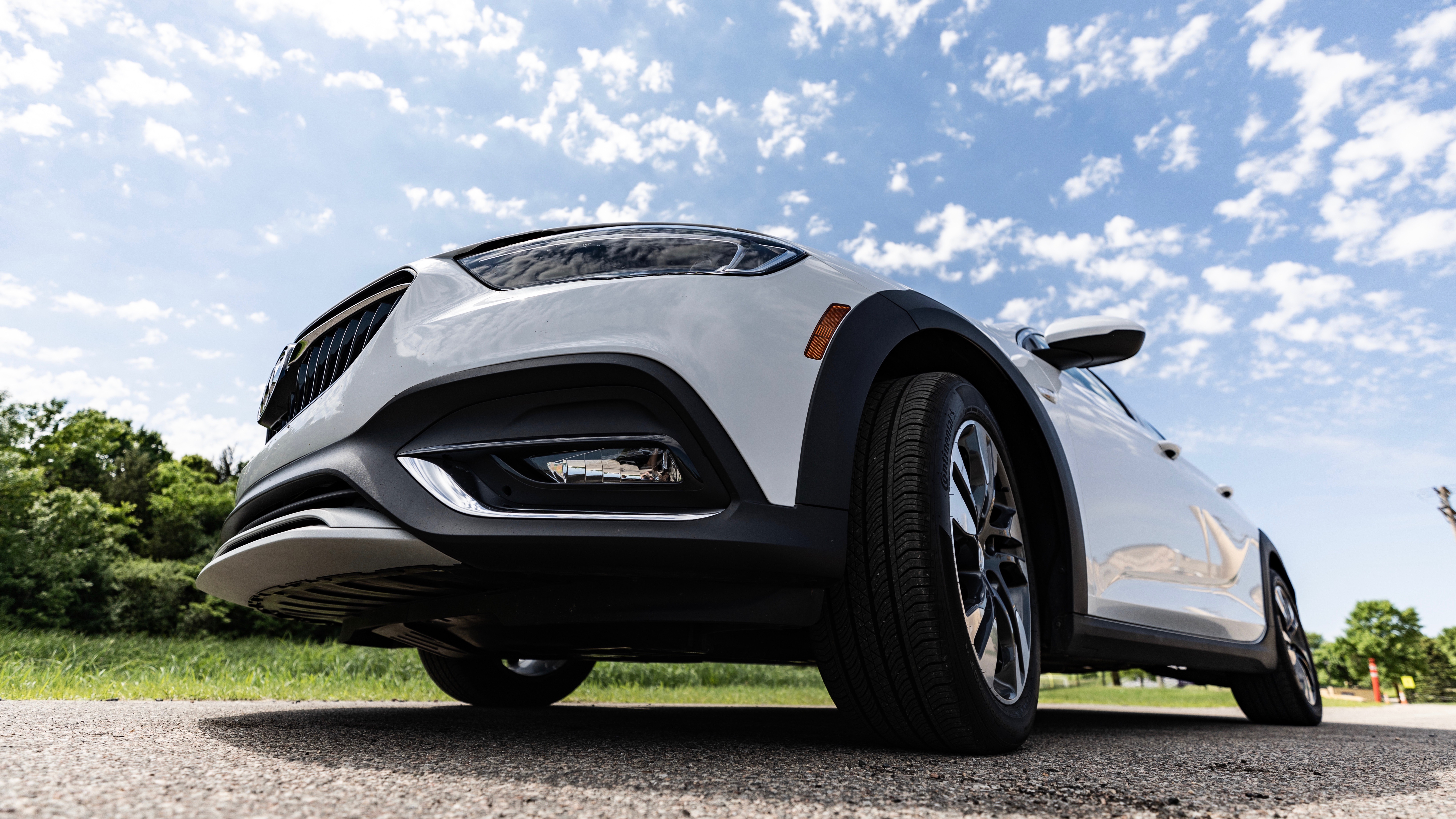
Next up, Buick runs the computer models through aerodynamics tests, monitoring things like airflow through the cooling system.
At this stage, Boniface says there is often an interchange between the design and the requirements for the vehicle (for example, a certain miles-per-gallon target).
Interestingly, he says this is not a frustrating part of design – it’s a challenge for the team to make changes to components like the taillights to reduce wind noise. In fact, he says this is what design actually is – not just the aesthetics, but developing the final product.
“Designers are eternal optimists,” he says. “Any change because of a functional requirement we see as an opportunity to come up with a design no one has seen before. In the '70s and '80s there were cars that looked like a jelly bean, but we know there are lot of ways to address aerodynamics that are beautiful and interesting.”
He adds: “We don’t see those changes as bumps in the road or compromises but as challenges that are all part of getting the car out on the road in a way that was expected."
Take a closer look at the 2018 Buick Regal TourX in the gallery below:
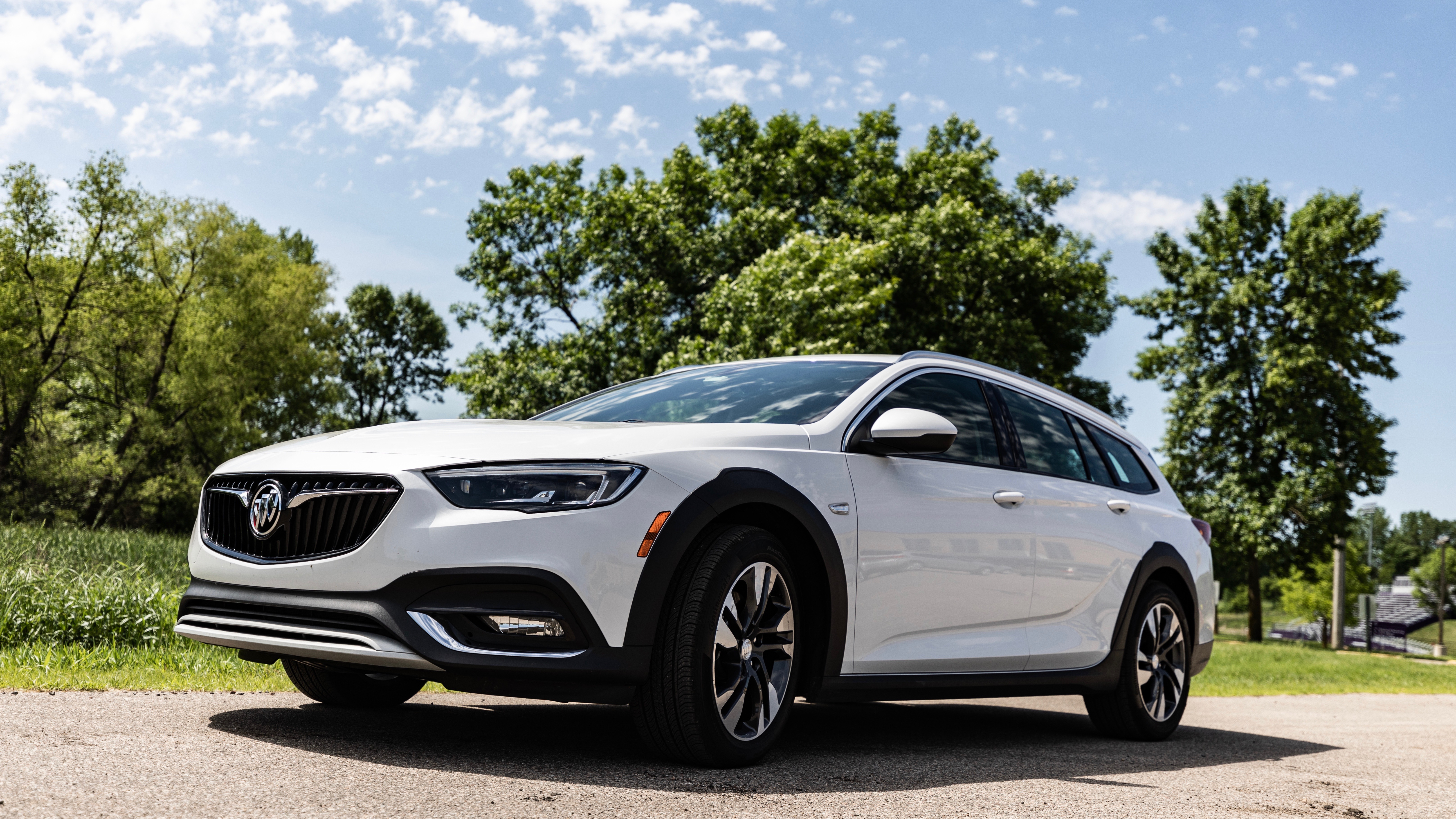
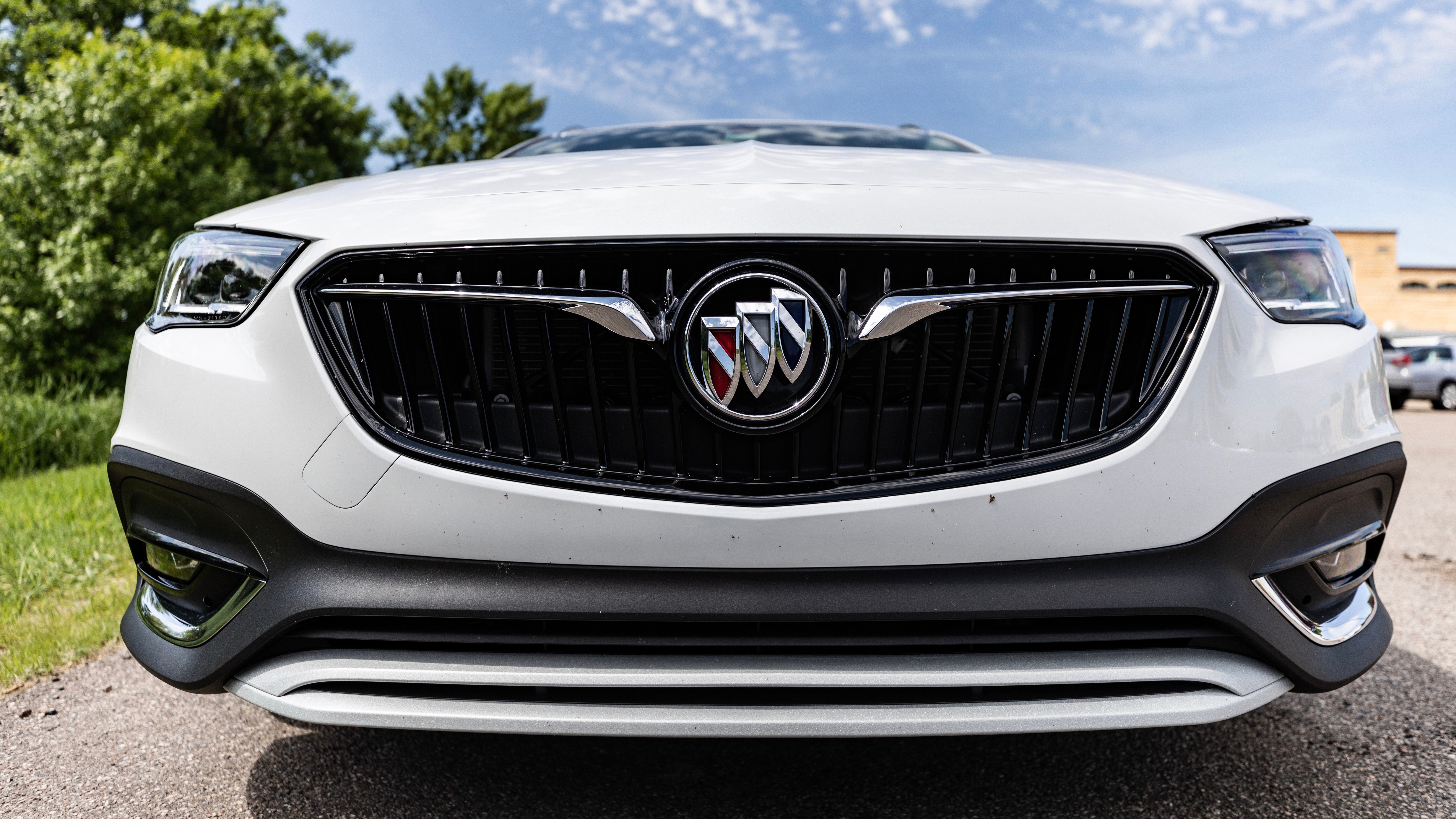
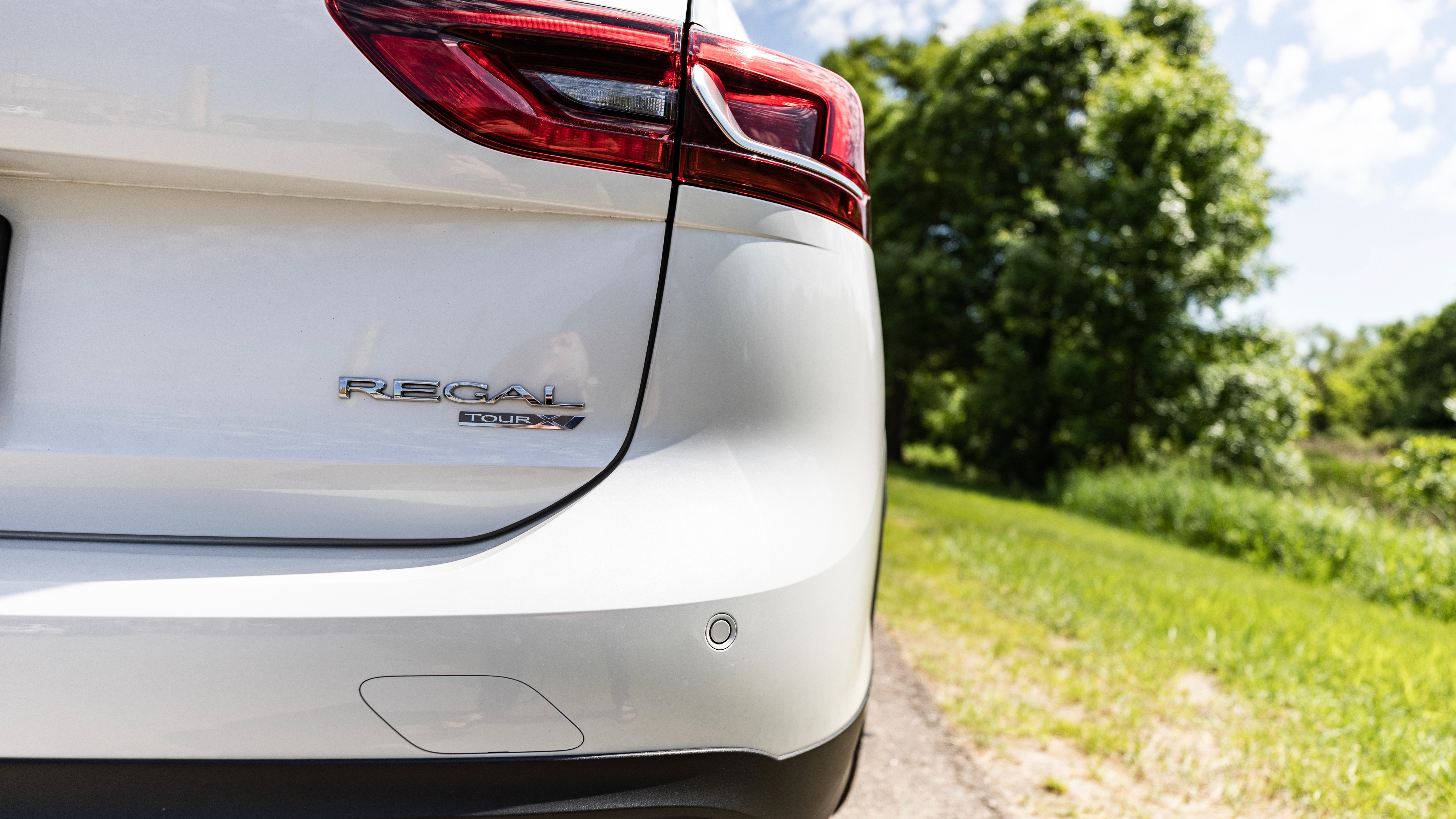




On The Road is TechRadar's regular look at the futuristic tech in today's hottest cars. John Brandon, a journalist who's been writing about cars for 12 years, puts a new car and its cutting-edge tech through the paces every week. One goal: To find out which new technologies will lead us to fully driverless cars.

John Brandon has covered gadgets and cars for the past 12 years having published over 12,000 articles and tested nearly 8,000 products. He's nothing if not prolific. Before starting his writing career, he led an Information Design practice at a large consumer electronics retailer in the US. His hobbies include deep sea exploration, complaining about the weather, and engineering a vast multiverse conspiracy.